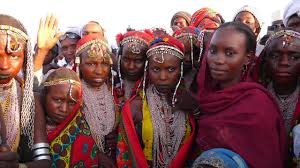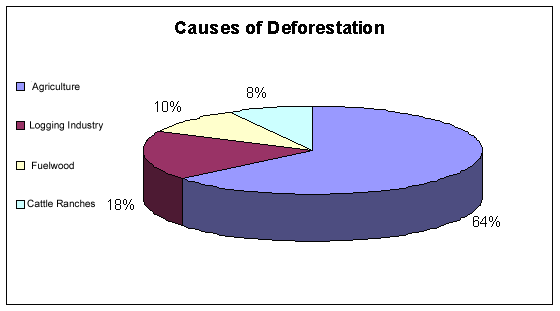REDD+ and the Lacandon Indigenous Peoples.

California has been leading the race in ending climate change for the U.S. and after several successful projects in the states and many debates, decided to partner with Chiapas, Mexico in 2016. They will install a REDD project in the Lacandon Forest. REDD stands for Reducing Emissions from Deforestation and Degradation. REDD+ is an upgrade to the protocol, striving to fix some of the equity, and human rights issues, (Feiring 2013) while ensuring profits are going to those actually conserving or increasing the forest stocks (Line 2015). The Lacandon are a subset of the more broadly defined group, called Indigenous Peoples, with more than 370 million individuals across 90 countries, they must be treated fairly and equally when planning and enacting strategies on climate change.

With prices of carbon credits increasing in the United States, California has looked overseas to fill the 2% of international offsets currently being allowed (Line 2016). Seeing how capitalism has taken over the world it is of no surprise that the most widespread adopted strategy for ending climate change is the market-based approach (Robbins et al 2014). Economic incentives, regulations, and laws generally favor those who corrupt. The REDD strategy lacks a central authority to oversee and enforce the regulations and laws to ensure people aren't being taken advantage of or the system isn’t being abused. This happened in Chiapas before, with another IP’s taking profits; investing them back into their cattle ranching which in this case, REDD was paying to deforest and degrade (Line 2015), this can create confusion for future REDD implementations as people mistake one project with another (Line 2015). Although REDD+ seems to have fixed previous problems in the “cash for protection” plan (Line 2015). This approach incentivizes GMO monocrop forests that acts as a band aid while never healing the wound, these newly planted trees successfully act as a carbon sink but do little to replace the thriving ecosystem that was once there.
While displaying fundamental flaws that jeopardize the integrity of the response like never encouraging the biggest carbon emitters to change their ways (Robbins et al 2014), I do think the REDD+ response to climate change is a step in the right direction. How this response includes the IP is an attempt to solve the equity component that was missing in previous responses. REDD+ relies on two way communication between the Indigenous peoples and the meteorologists or scientist which has been one of the challenges REDD faced as meaningful discussions and debates need to happen to bridge the gap between modern science and the traditional knowledge that the Indigenous peoples have (Sarshen 2016).
Mexico has one of the best National Forest and Soils Inventories in the world, It has been playing an important role in the development of REDD by being a go to source in the difficult task of determining how much carbon is held by the forests (Line 2015). Determining the actual carbon held in the forest stocks is also one of the flaws that has been stressed about the system. The indigenous peoples bear the brunt of the consequences of Climate Change, while also being left out of global conversations when they hold most of the answers to stopping and reversing the damage (Bertazzo 2016). Most of the Lacandon peoples have been living in and surviving off the Lacandon Forest for generations, this has enabled them to pass down knowledge that would take outsiders years to figure out, such as where to get water during excessive droughts. This traditional knowledge is what makes incorporating the IP into any climate change response a requirement.
nice post
ty
@originalworks
The @OriginalWorks bot has determined this post by @palmerjm1 to be original material and upvoted(1.5%) it!
To call @OriginalWorks, simply reply to any post with @originalworks or !originalworks in your message!
Great post
thank you!
very nice article
Thank you very much!